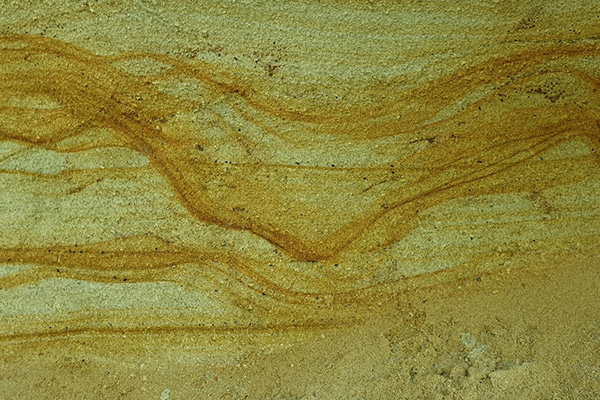Grouting involves injecting a fluid material into the ground to fill voids or fractures and increase the soil’s strength and stiffness. This method suits weak or fractured rock formations or loose soils with high permeability.

Soil mixing involves mixing a binding material, such as cement or lime, with the soil to increase its strength and stiffness. This method is suitable for soft or loose soils, such as clays and silts, and can be used to improve the soil’s shear strength and bearing capacity.
Prefabricated vertical drains involve installing vertical plastic or geotextile tubes in the soil to accelerate the consolidation of soft or compressible soils. This method is suitable for soils with high compressibility and can reduce settlement and improve the soil’s bearing capacity.
In summary, the selection of a particular ground improvement method depends on the site’s geotechnical conditions, soil type, existing soil properties, groundwater conditions, construction requirements, and project constraints. A geotechnical engineer can assess the site conditions and recommend an appropriate ground improvement method for foundation founding improvement.
Soil Eng provides comprehensive and efficient services across the full breadth of geotechnical engineering, including investigation, analysis, design, and reporting.
We value our client relationships and work diligently to achieve the best outcomes for projects and properties.
Our feedback speaks for itself: